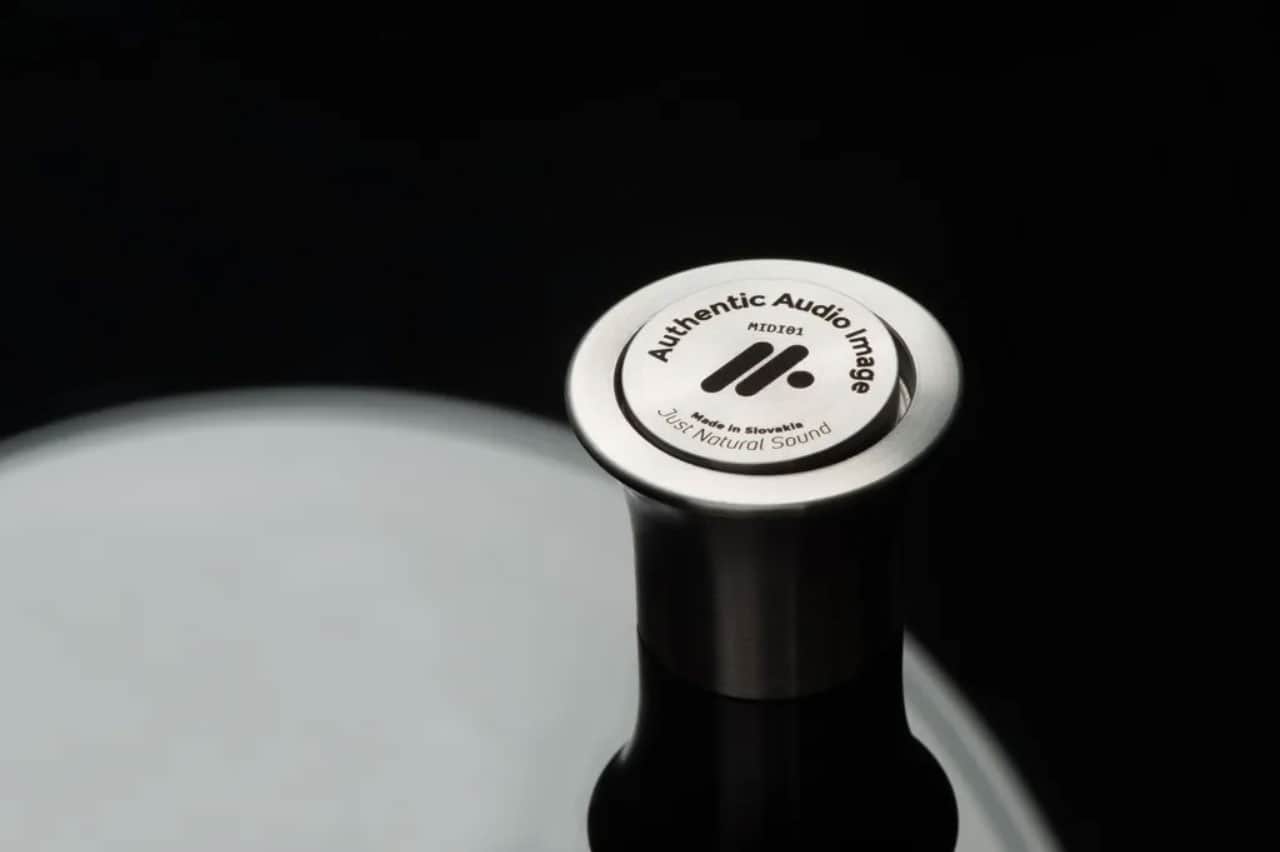Audio ontkoppelings pads
Sinds januari 2022 importeert Musicom ontkoppelings”pads”” van AAI uit Slovakije
nu zit de audiowereld al aardig vol met dit soort tweaks zou je zeggen ,maar deze pads zijn toch echt iets bijzonders. Door de 3-dimensionale werking worden nu elke trillingen in je audio apparaat geëlimineerd, vrij vertaald: niet doorgegeven aan je installatie resultaat:schonere presentatie,intensere beleving ,en dynamiek. Verkrijgbaar in 3 formaten met toenemend effect.
bel of mail voor een demo set..meer info:AAI pads
De mensen van AAI en hun filosofie
A few ideas about our philosophy
Since we in AAI are professional or semi-professional musicians with 30 years of experience in the field of sound recording, we focus not only to technical aspects of the sound, but above all to music art, so we pay much more attention to what can be heard than measured. Which criteria use musicians in general when they decide which instrument to buy for themselves? Measured technical parameters or the sound they can identify by ears (apart from money, of course)? From our point of view, the same applies to the selection of a satisfactorily sounding gear, cable, etc., which is primarily intended for true reproduction of music.
For musicians, the most critical parameter monitored when listening to music is accuracy, i.e. the definition of the sound of acoustic instruments, especially in the number of changing colour shades of sound depending on the position and dynamics of playing acoustic instrument compared to reality. This is the most important and fundamental parameter, everything else is secondary; this of course also applies to recording of music. To capture the “raw material”, i.e. the sound of instruments on individual tracks with preservation and the least possible distortion, i.e. distorting the original “colour” of the instrument sound. This is the most important parameter on which it all stands or falls. All other parameters that are used to focus attention, such as the width of the stereo effect, the placement of the instruments in different directions of the sound scene, the space, the frequency response, etc., change and modify after picking up a “clear” signal during its mixing.
Many experienced listeners could be confused by focusing on “incidental” parameters, because when exchanging and comparing components or cables, it often happens that the sound becomes “more attractive” at the expense of distinguishing and preserving the sound colour of instruments, which is undoubtedly a sign of higher distortion, that is a step back. Changes in the perception of the recording space, “lighting” of the sound scene, etc. are particularly attractive, which is often preferred even by a seasoned hi-fi devotee, but in the long run it will satisfy few. That’s why it is often impossible to disengage from the vicious circle of exchanging components, accessories, which of course costs a lot of time and money.
Our music colleagues, orchestra artists, music teachers, top instrumentalists are a guarantee for us that we are moving in the right direction, because the development takes place in close cooperation with professional musicians.
It is very unlikely that any experienced audiophile – a non-musician, i.e. a layman in the field of music, can compete in listening to a professional musician, an artist who has been associated with the sound of musical instruments since early childhood. The concert violinist does not need to have any experience with reproduced music in order to be able to competently determine which record or the reproduction of a violin concerto is closer to the sound reality. On the contrary, they do not guarantee the non-musician, i.e. the layman, any rich experience with changes of gears, accessories, etc. his/her qualification, i.e. infallibility in assessment or decision-making.
We try not only to sell, but also to educate hi-fi fans in our territory. As we are associated with the music industry, we also organize concerts focused on classical and jazz music, and we recommend to our customers to attend them. Many of them subsequently comprehend our mission and appreciate more our products.
However, sometimes it is not easy, since some of the listeners are technically focused and own audio systems equalling the price of a real estate, considering them to be the best due to their high prices, although they even do not know the basics of music education and never attended the concerts where it would be possible to get an idea or a reference about the real sound of musical instruments. Attending classical music concerts (without microphones) could save not only a lot of time, but also money in judging, deciding or choosing audio equipment. We don’t argue that everyone has to be able to play an instrument and like classical music in order to make the right decision, but a concert hall with classical music played on acoustic instruments without sound system installation is one of the few places where one can get a true idea, a reference about music, that is, the real sound of musical instruments. Unfortunately, in practice many users of expensive audio equipment get the misconception that by frequently changing, comparing, measuring parameters and judging audio products, they somehow automatically gain expertise and objectivity in assessing the quality of reproduction.





